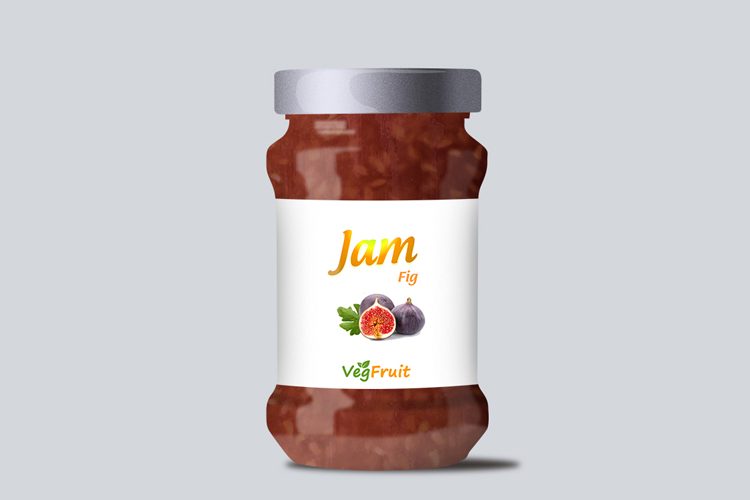Jam is a beloved fruit preserve enjoyed all over the world, made by cooking fruit with sugar to create a sweet, spreadable product. In Iran, jam production has deep roots, as the country is known for its diverse and abundant fruit varieties such as quince, apricots, sour cherries, and figs, all of which are commonly used in traditional jam-making.
Jams are more than just a simple sweet treat; they are a way to preserve the vibrant flavors and nutrients of fruit, making them available throughout the year. The sugar in jam acts as a natural preservative, extending the shelf life of the fruit. This method has been used for centuries in Iran, particularly in rural communities, to ensure fruit could be enjoyed long after the harvest season. Iranian households often have an array of homemade jams, from rose petal to barberry jam, each offering unique flavors reflective of the country's rich culinary heritage.

Jam is commonly used in breakfast dishes in Iran, served with bread and butter or yogurt, but it also features in desserts and pastries. The distinct aroma and taste of these jams, such as bitter orange or saffron-infused jams, are iconic in Persian cuisine.
For producers, jam offers a versatile product that appeals to both domestic and international markets. With the growing trend of artisanal and natural food products, Iranian jams, made from high-quality local fruits, stand out for their authenticity and flavor. Moreover, jam-making presents an opportunity to reduce food waste, as surplus or slightly imperfect fruits can still be used to make delicious preserves, contributing to a more sustainable food industry.
With its rich history and diverse flavors, jam remains an essential part of Iran's culinary tradition and a product that resonates with global consumers.
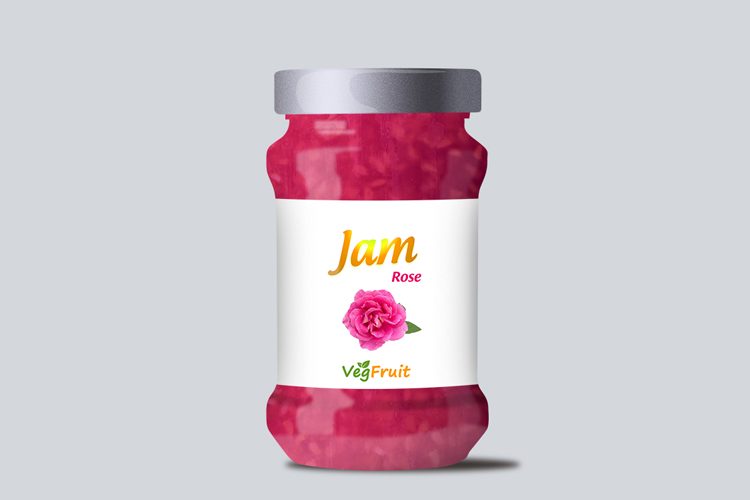
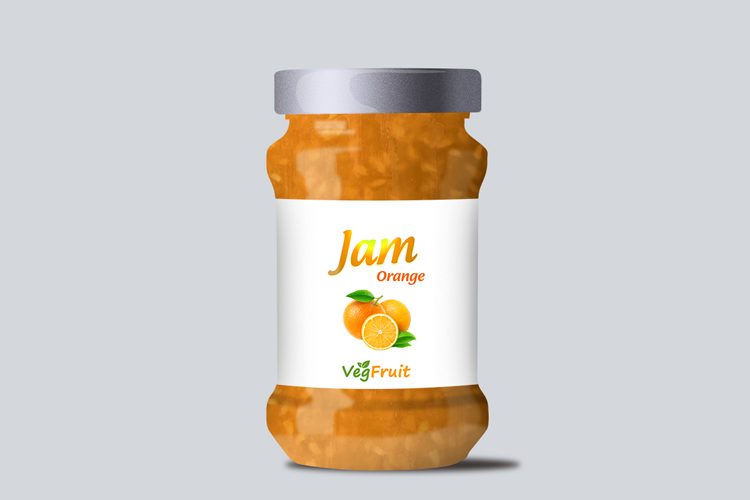
Orange Jam
Orange jam is a vibrant and flavorful preserve that showcases the rich sweetness and tanginess of oranges, making it a...
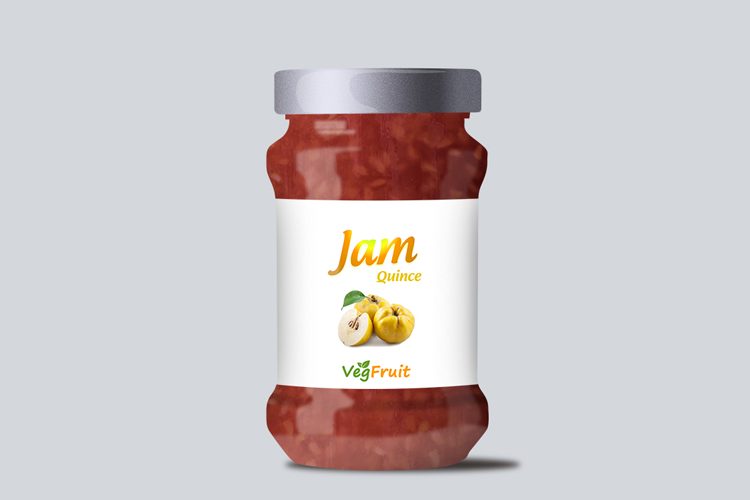
Quince Jam
Quince jam is a delightful and aromatic preserve that showcases the unique flavor of the quince fruit, a beloved ingredient...
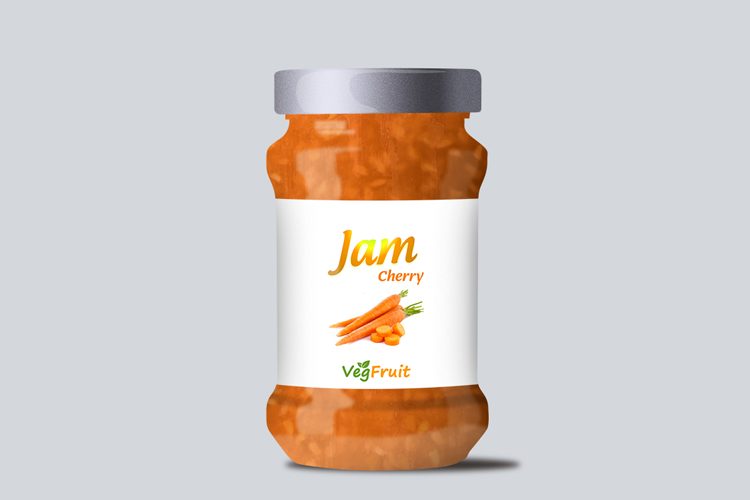
Carrot Jam
Carrot jam is a unique and delicious preserve that combines the natural sweetness of carrots with fragrant spices and citrus...
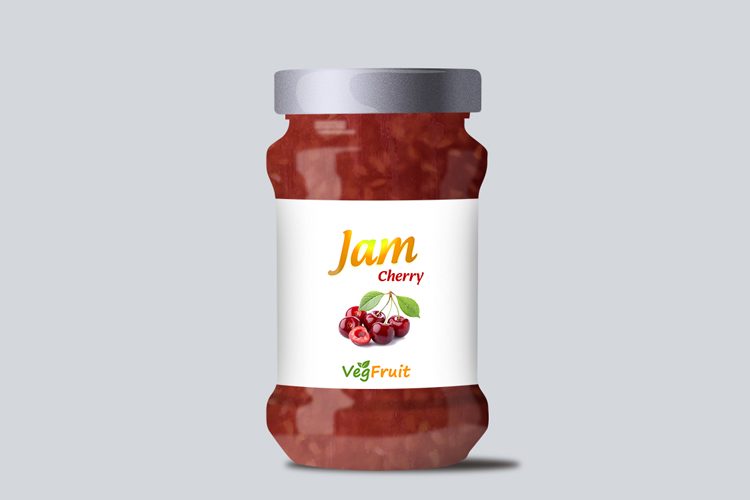
Cherry Jam
Cherry jam is a luscious and richly flavored preserve that captures the essence of ripe, juicy cherries. In Iran, where...
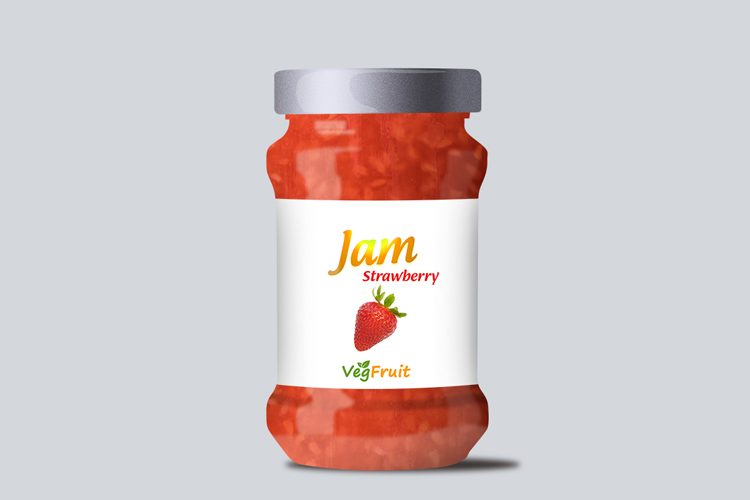
Strawberry Jam
Strawberry jam is one of the most beloved and classic fruit preserves, known for its bright red color, rich sweetness,...
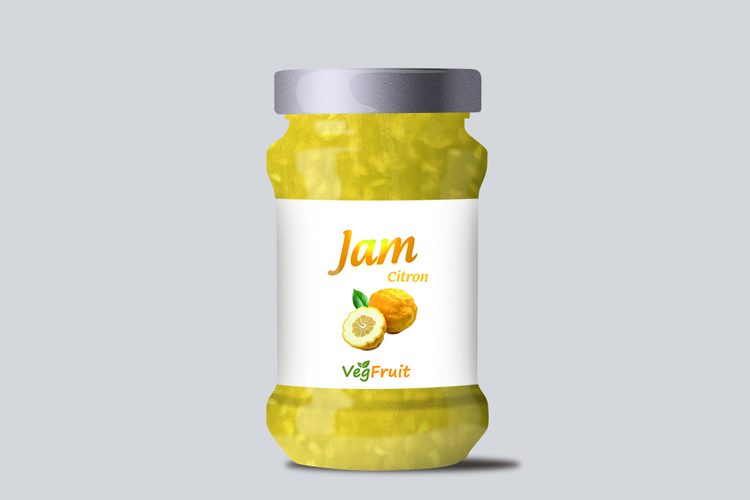
Citron Jam
Citron jam is a distinctive and aromatic preserve made from the thick, fragrant peel of the citron fruit, a citrus...
